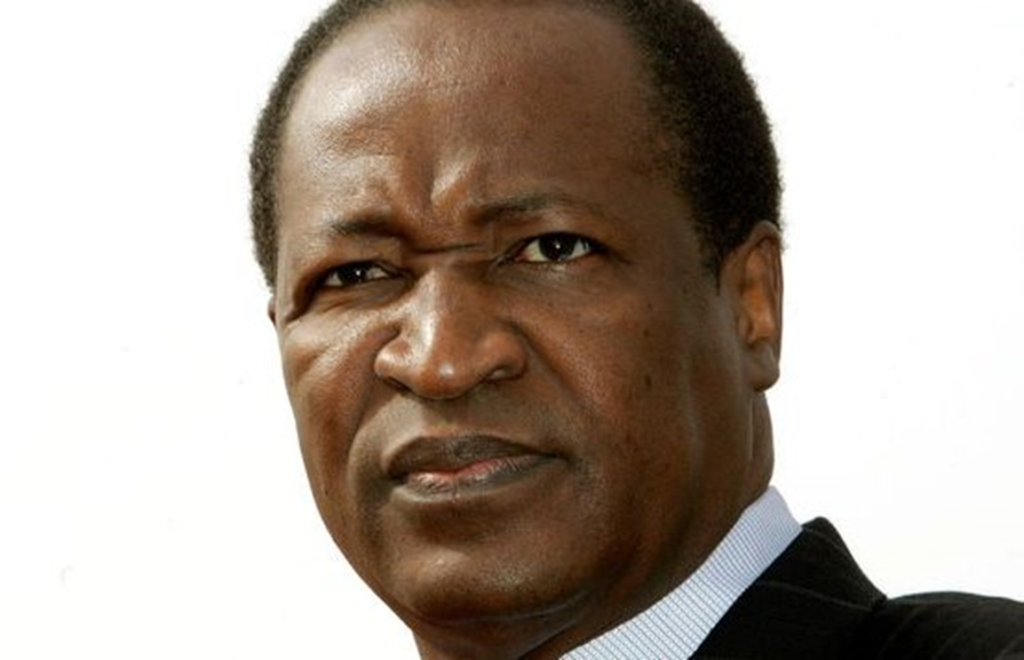
Burkina Faso’s revolutionary leader Thomas Sankara, who was gunned down during a coup in 1987, was shot at least seven times by assassins using tracer rounds, experts have told a long-awaited trial into his killing.
Sankara was struck by “at least seven rounds” in the chest, one of which was fired from behind, anatomical specialist Robert Soudre told a military court in the capital Ouagadougou on Wednesday. A police ballistics expert, Division Commissioner Moussa Millogo said the bullets came from tracer rounds, “because of burns on the remains of clothing” that Sankara was wearing at the time.
Tracer rounds are ammunition which ignite a burning powder that lights up. The rounds are designed for fighting at night, to help the shooter mark the target.
Several calibres of bullet were found on Sankara’s remains, including 7.62 and 9mm rounds, Millogo said.
Sankara was an army captain aged just 33 when he came to power in a coup in 1983. A fiery Marxist-Leninist, he railed against imperialism and colonialism, often angering Western leaders but gaining followers across Africa and beyond.

Sankara and 12 of his colleagues were gunned down by a hit squad on October 15 1987 at a meeting of the ruling National Revolutionary Council. Their assassination coincided with a coup that brought Sankara’s erstwhile comrade-in-arms, Blaise Compaore, to power.
He ruled for 27 years before being deposed by a popular uprising in 2014 and fleeing to neighbouring Ivory Coast.
Compaore is on trial in absentia, charged like his former right-hand man General Gilbert Diendere with harming state security, complicity in murder, concealing bodies and witness tampering.
Compaore has persistently denied entrenched suspicions among Burkinabe that he ordered Sankara’s killing, while Diendere has pleaded not guilty. Diendere has been separately handed a 20-year term for his part in a 2015 plot to overthrow the post-Compaore transitional government.
The trial and details of what happened on the day of Sankara’s assassination are being closely followed in the landlocked West African country.
‘Violent death’ intended
Sankara remains a revered figure for many and his brutal death cast a pall over the country for decades. The circumstances of his killing were taboo under Compaore’s reign.
Fourteen men, including Compaore, are on trial in the proceedings, which began on October 11. Prosper Farama, a lawyer for the Sankara family, said Wednesday’s testimony was revealing.
“When you listen to the experts, the type of weapons were used for assault that intended to inflict a violent death,” he said.
“When you’re told that these are tracer rounds, which ignite on contact, you cannot say that these are the types of weapons which are used to carry out an arrest.”
Sankara’s body was hastily disposed of after the killing and the authorities issued a death certificate saying that he had died of “natural causes.” In May 2015, Sankara’s presumed remains and those of his companions were exhumed in May 2015 at a cemetery in Ouagadougou.
Autopsy results released in October 2015 said that Sankara’s supposed remains were “riddled with bullets.”






